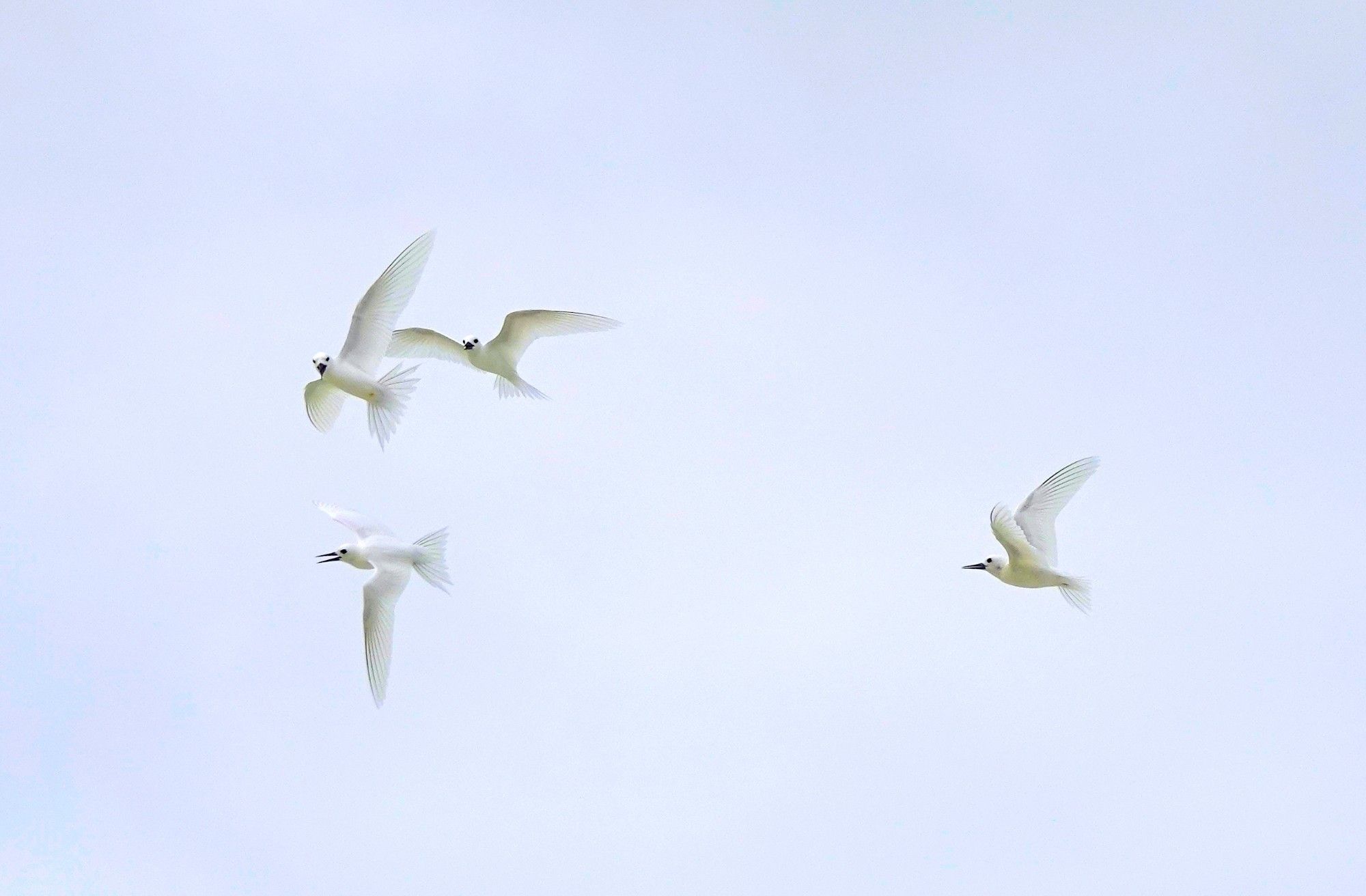🌍🌏🌎 Common raven (Corvus corax) #HolarcticBirds#EurasianBirds#EuropeanBirds#AsianBirds#NorthAmericanBirds#AfricanBirds#CommonRaven#Ravens#Corvids#PerchingBirds#birds#birdsoftheworld 🦜 Photo by connie_sf
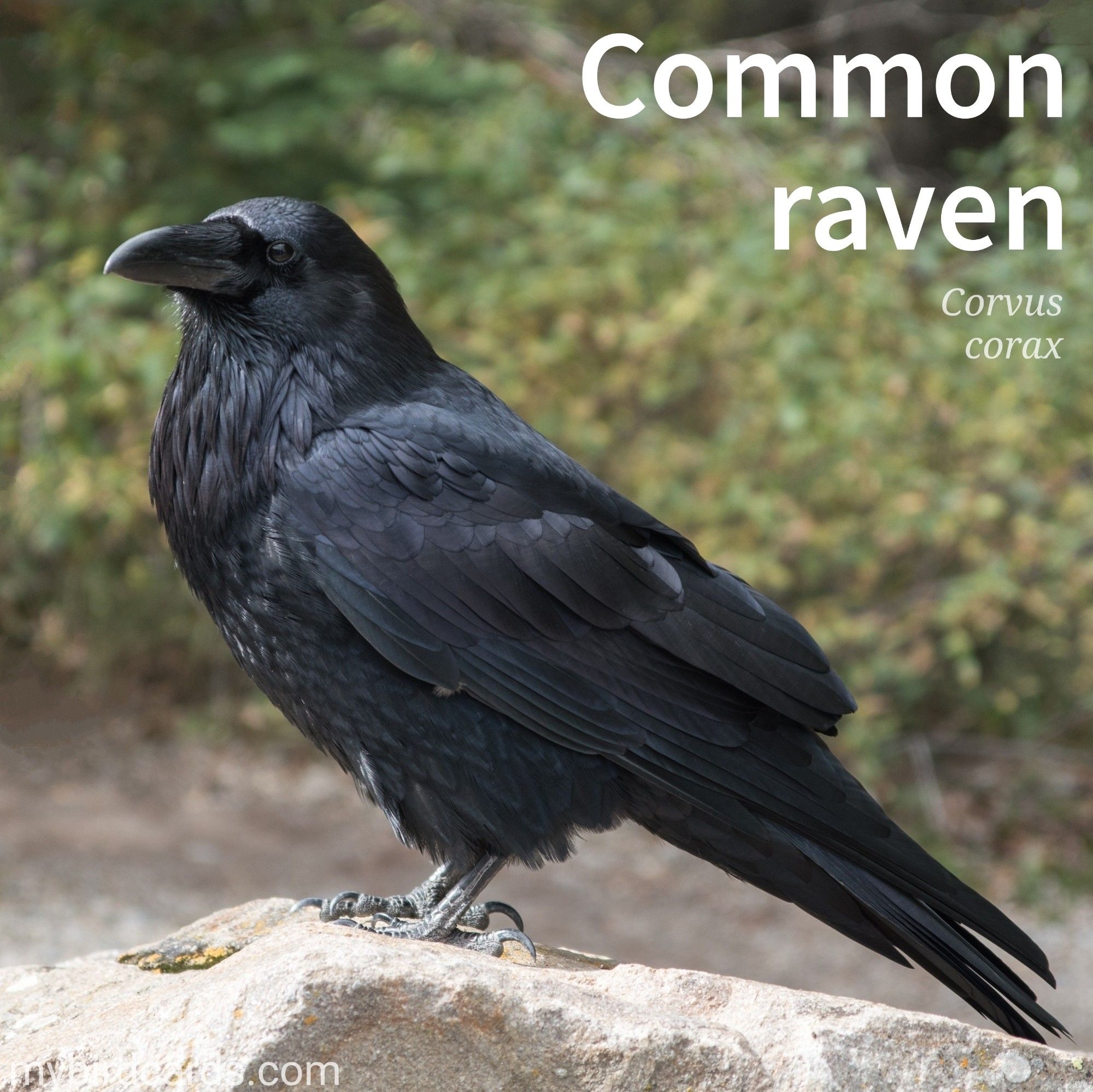
🌎 Blue-throated toucanet (Aulacorhynchus caeruleogularis) #CentralAmericanBirds#SouthAmericanBirds#BlueThroatedToucanet#GreenToucanets#Toucanets#Toucans#birds#birdsoftheworld 🦜 Photo by McamposCR
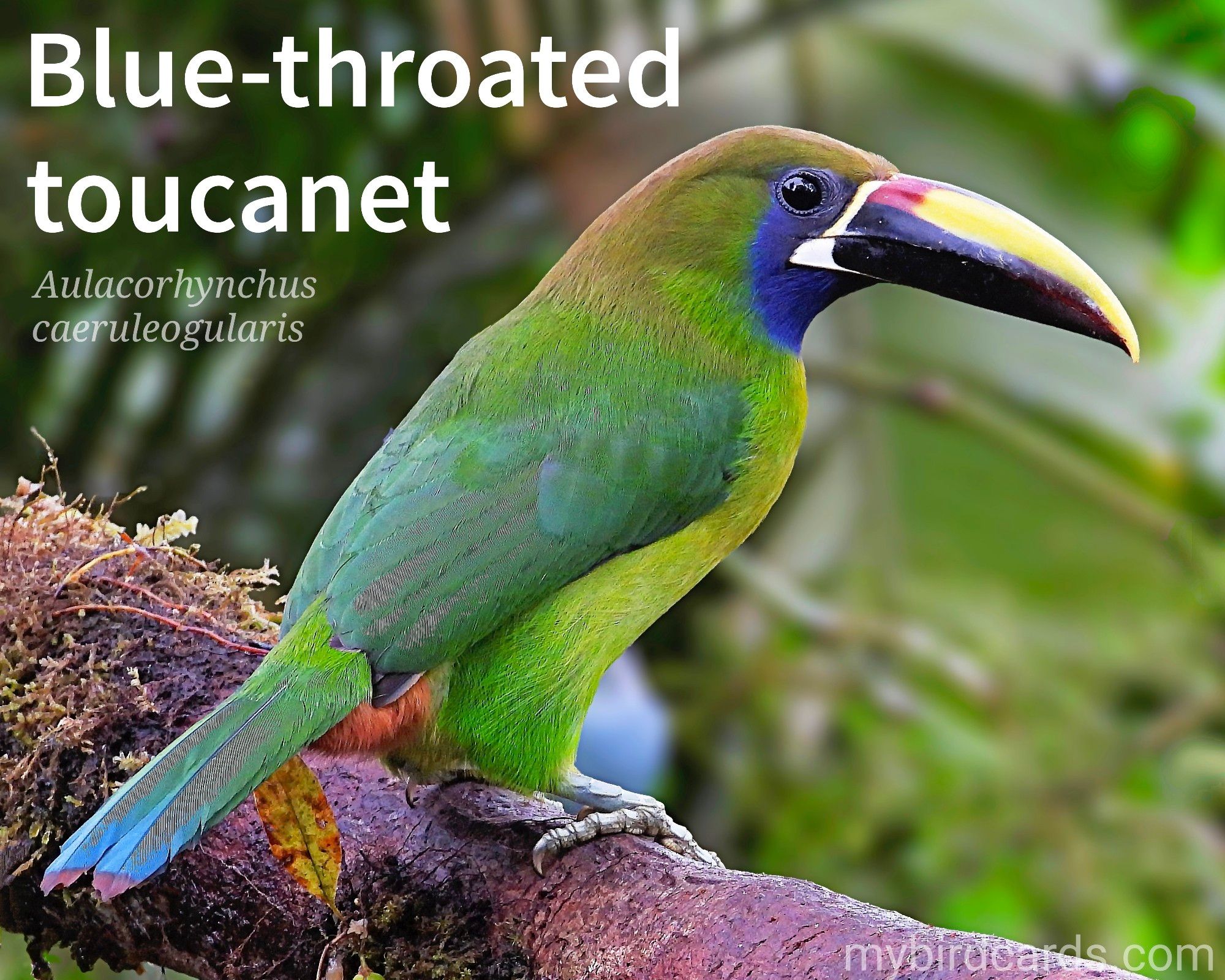
🌏 Australian brushturkey (Alectura lathami) #AustralianBirds#AustralianBrushturkey#Gweela#Brushturkeys#IncubatorBirds#Turkeys#birds#birdsoftheworld 🦜 Photo by sandid

The Grey Hypocolius has a restricted range in the Middle East and we specifically targeted this species on their wintering grounds in #Kuwait#birds#birdsoftheworld
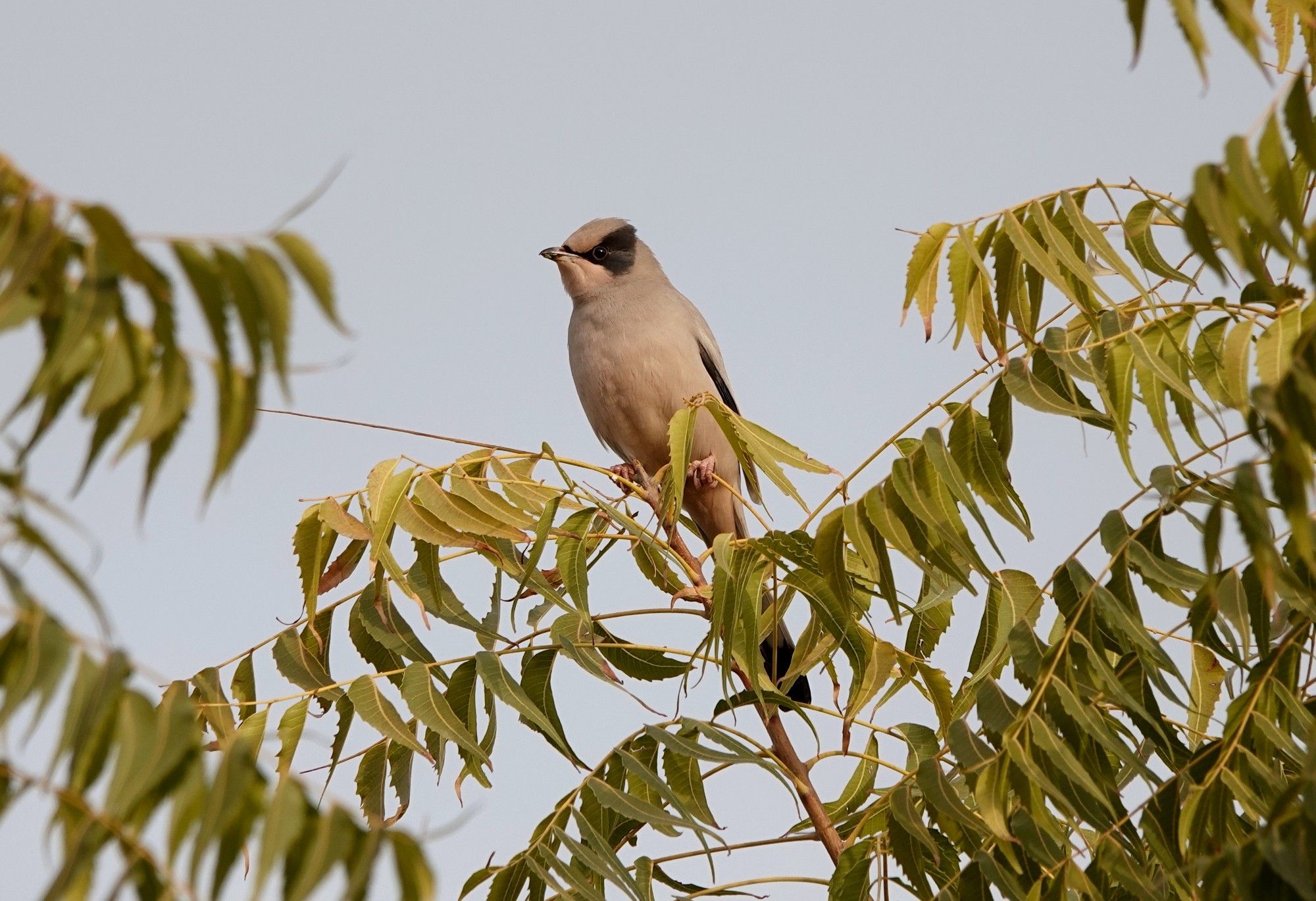


New addition! 🌍 Black-headed heron (Ardea melanocephala) #AfricanBirds#MadagascanBirds#BlackHeadedHeron#Herons#WadingBirds#Waterbirds#birds#birdsoftheworld 🦜 Photo by jeanvdmeulen
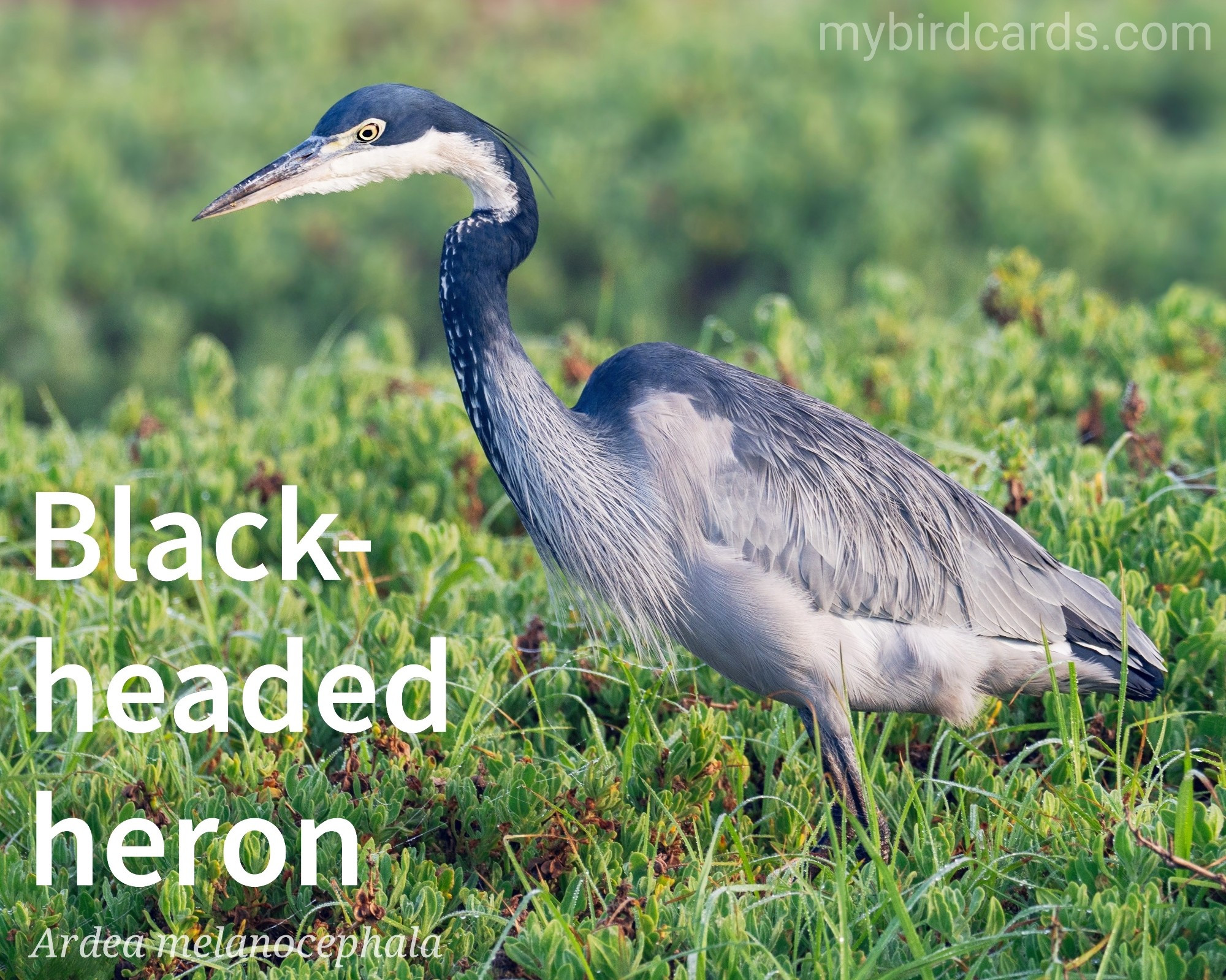
🌏 Steller's sea eagle (Haliaeetus pelagicus) #Asianbirds#StellersSeaEagle#PacificSeaEagle#WhiteShoulderedEagle#SeaEagles#Eagles#Raptors#birds#birdsoftheworld 🦜 Photo by Takashi_Yanagisawa
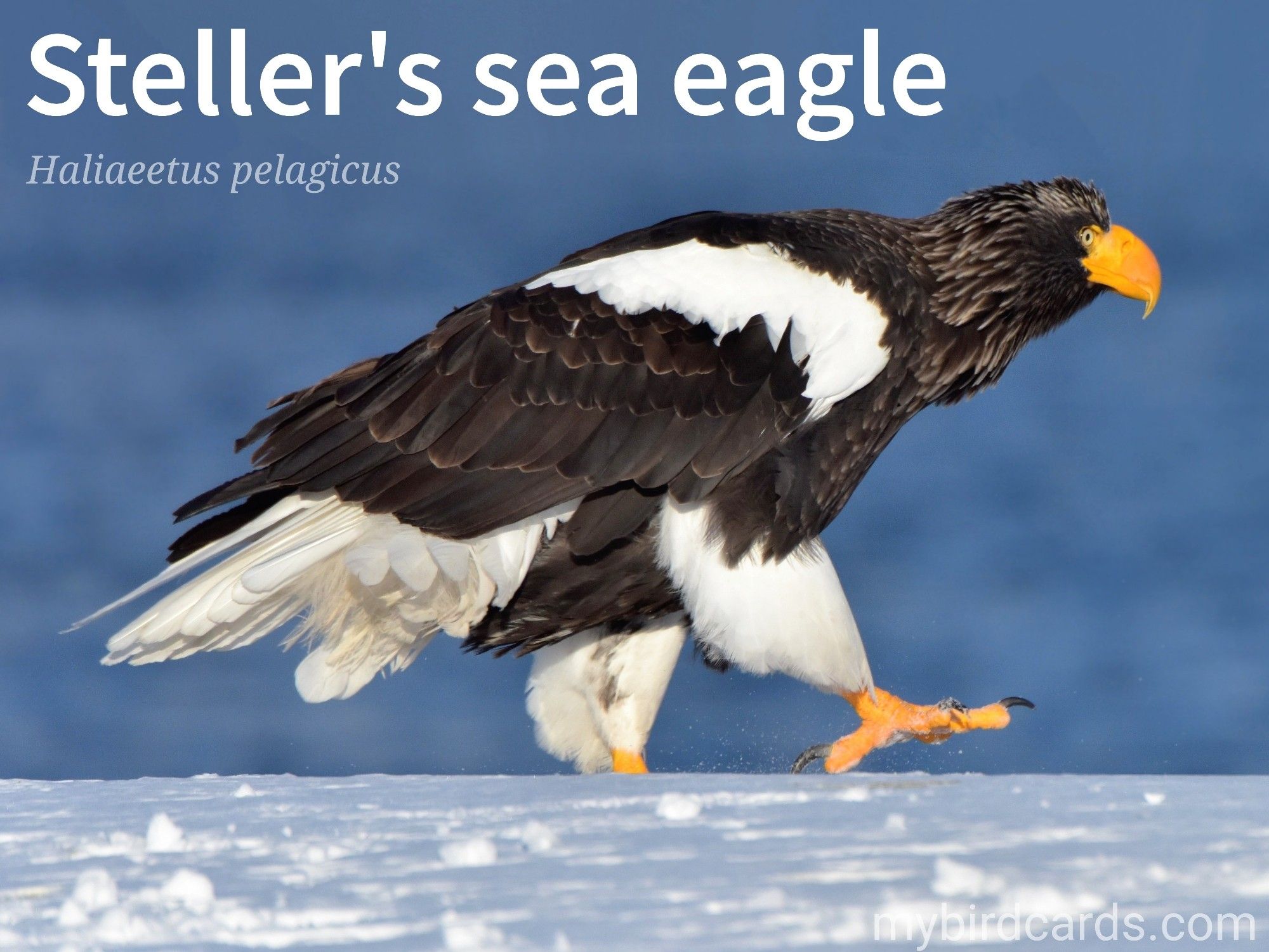
🌎 Tree swallow (Tachycineta bicolor) #NorthAmericanBirds#CentralAmericanBirds#TreeSwallow#Swallows#Passerines#PerchingBirds#birds#birdsoftheworld 🦜 Photo by JackBulmer

🌍🌏 Great spotted woodpecker (Dendrocopos major) #EurasianBirds#EuropeanBirds#AsianBirds#AfricanBirds#GreatSpottedWoodpecker#SpottedWoodpecker#Woodpeckers#birds#birdsoftheworld 🦜 Photo by Luca_Cagnasso
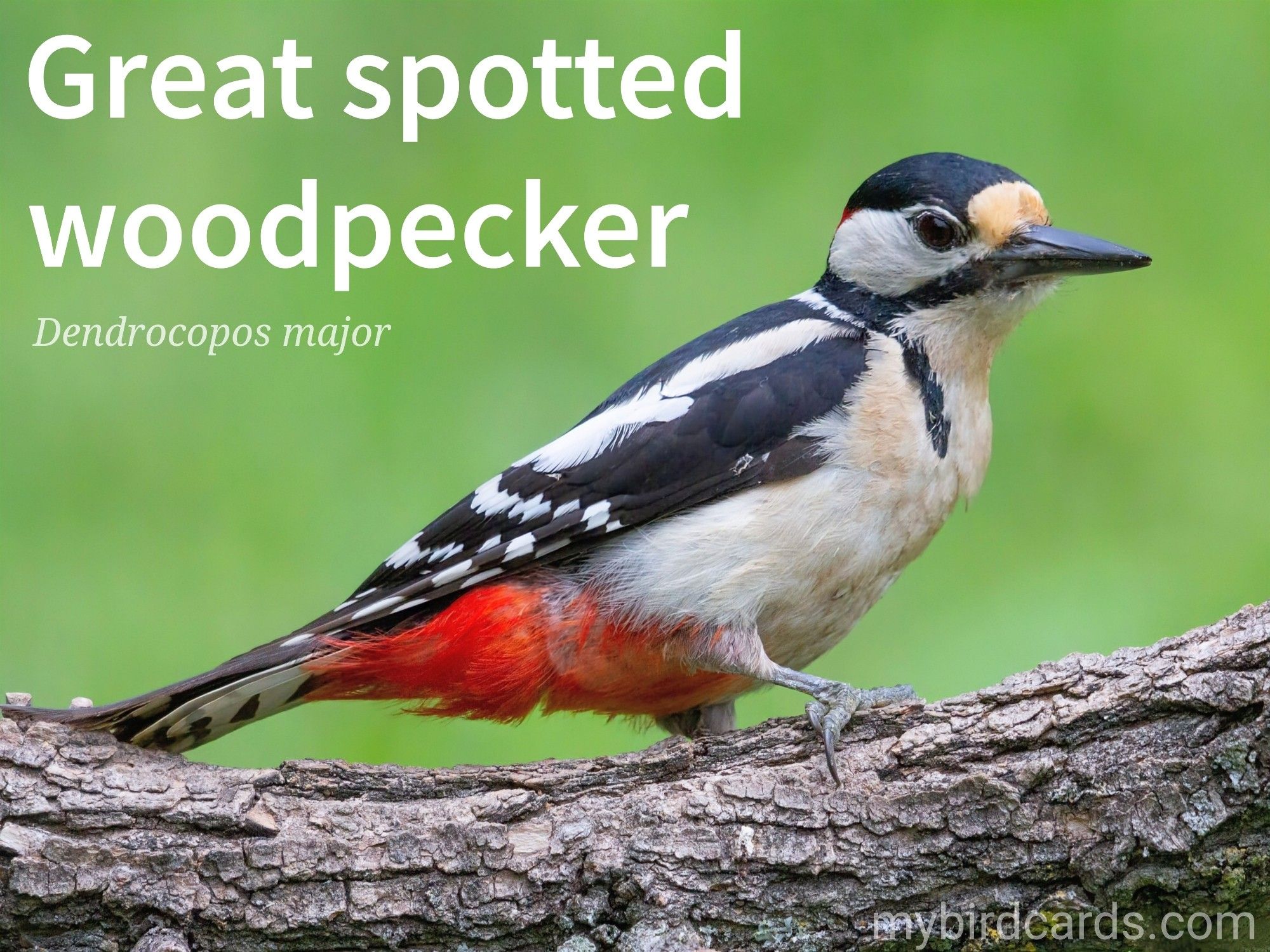
I'm looking for help towards website costs mybirdcards.com#birds#birdsoftheworldko-fi.com/timhopper

